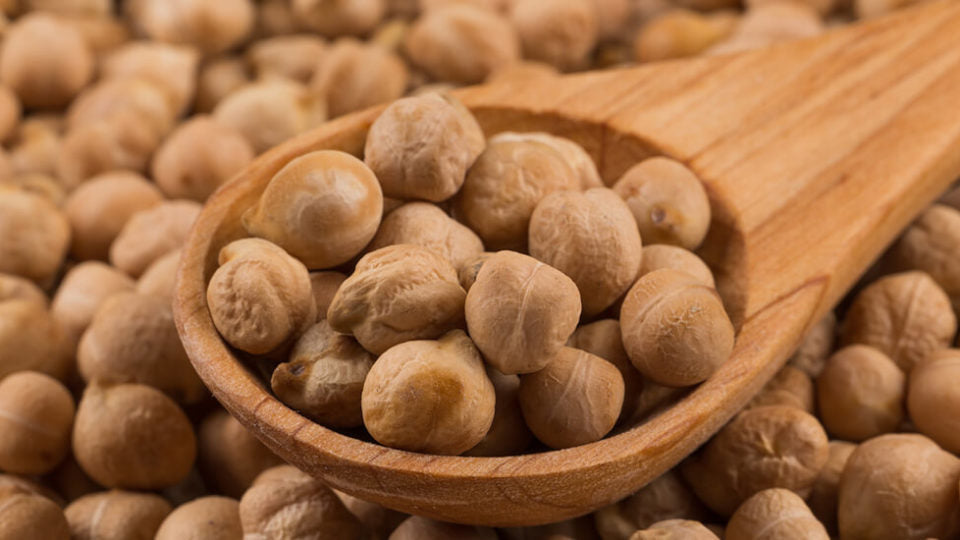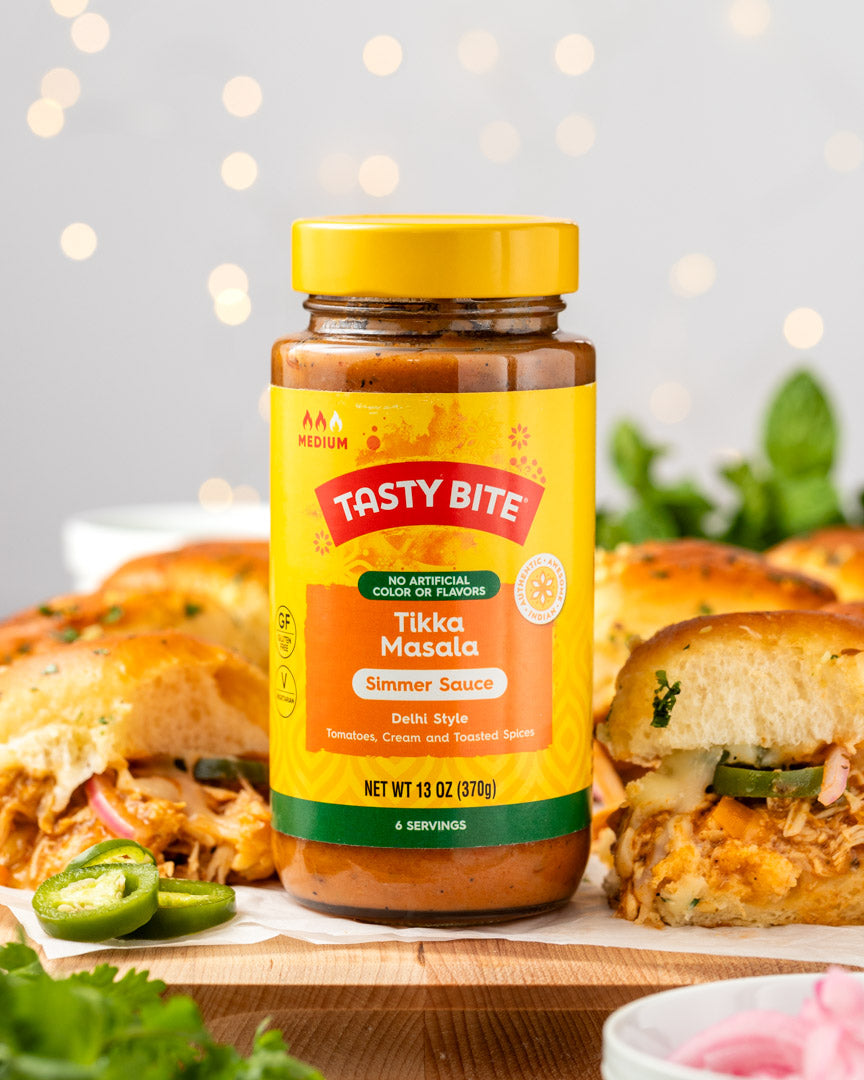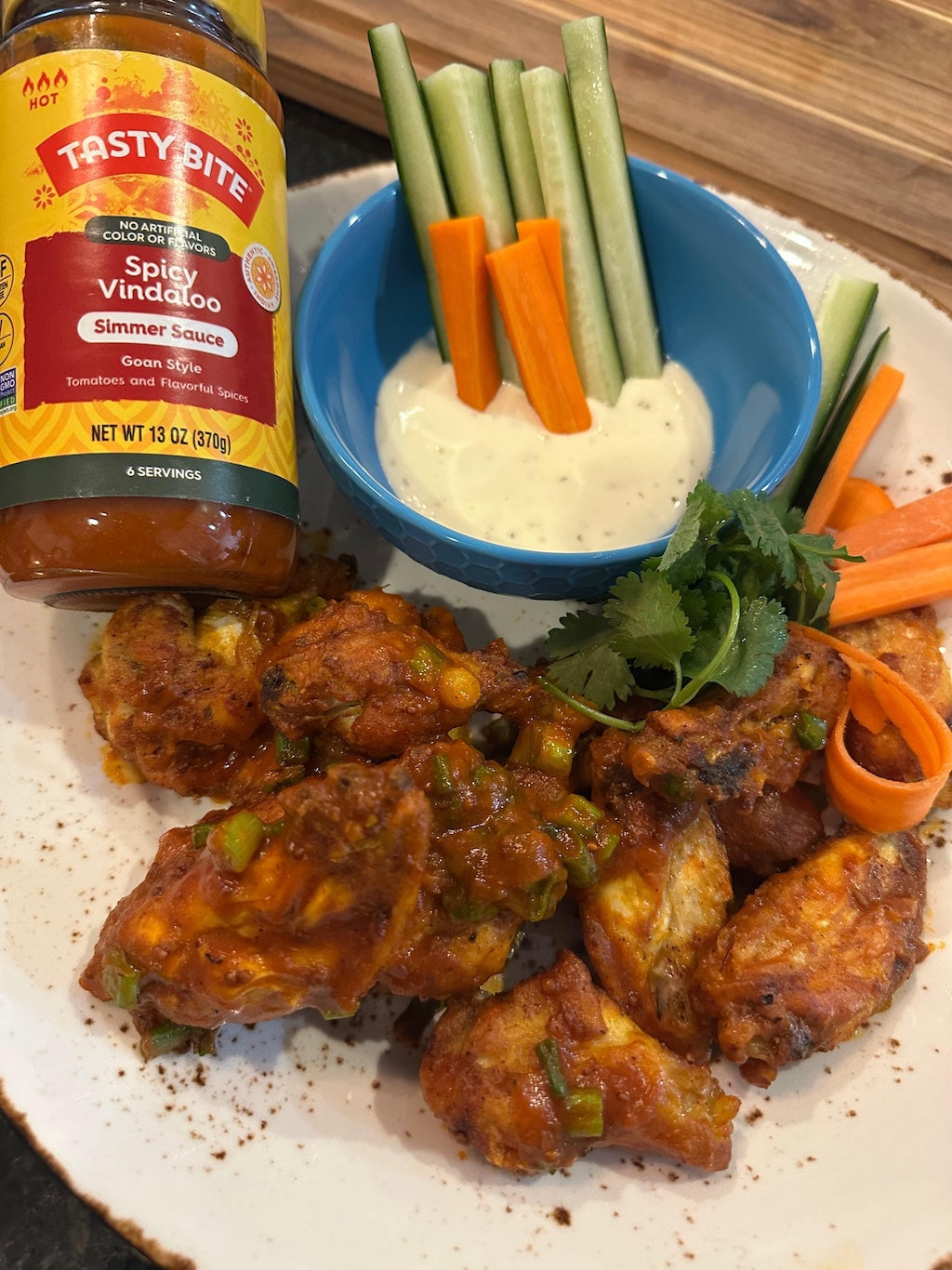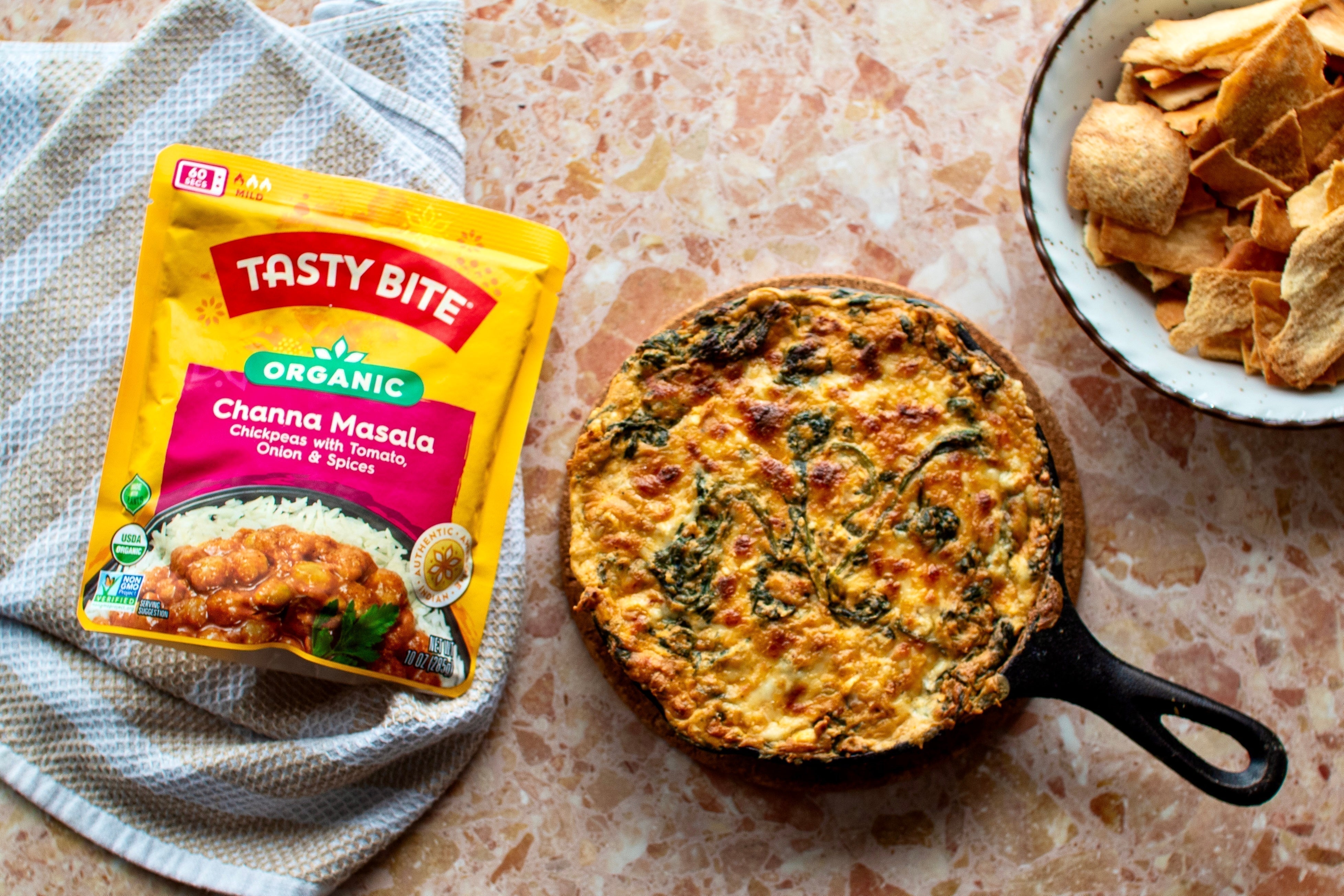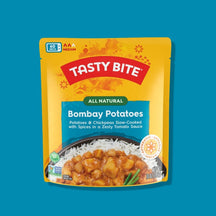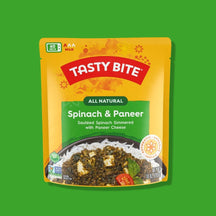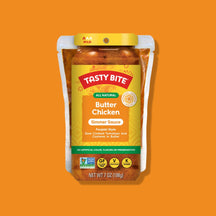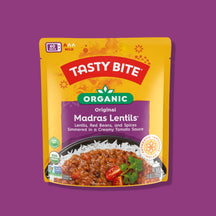Method
When most people think about protein, they probably think of meat. After all, meat is one of the most common sources of protein in the American diet. However, plant-based foods are actually the major source of dietary protein in many parts of the world. Proteins are vital for many essential body functions and there are a wide variety of plant-based foods that provide an ample amount of protein to fulfill these functions. One group of plant-based foods that are a rich source of protein is the pulses, which are the edible seeds of plants in the legume family. Dried peas, beans, lentils, and chickpeas are the most common varieties of pulses. These foods are so important as a primary source of protein and other essential nutrients that the United Nations even declared 2016 to be the International Year of Pulses. Why are plant-based proteins important?
- Plant based proteins also provide a host of other important nutrients that are beneficial for your health. These include fiber, vitamins (like B-complex vitamins and vitamin E), minerals (like iron and magnesium), healthy fats, and phytonutrients, which are plant-based chemicals that have health benefits.
- Plant-based proteins contain no cholesterol and are lower in saturated fat than meat. You want to limit the amount of animal-based proteins in your diet, which are high in saturated fat. Instead, you should replace them with more plant-based protein foods that are rich in unsaturated fats.
What is the difference between complete and incomplete proteins? A complete protein is a protein that provides all 9 essential amino acids that our bodies cannot make and thus must be obtained from foods. Plant proteins on the other hand, are incomplete proteins, which means that they have limited amounts of 1 or more of the essential amino acids. Quinoa and soy protein are exceptions to this rule as they are plant-based foods that are complete proteins. When two or more plant proteins are combined to compensate for deficiencies in essential amino acids, they are called complementary proteins. When complementary proteins are combined, the amino acids in one source can make up for the amino acid that’s lacking in another to a yield a complete protein. For example, by combining lentils or beans with grains like rice or wheat, you form a complete protein. The good news is that you don’t have to worry about eating complementary proteins at each meal. Rather, they can be balanced out over the course of a day. What are some examples of plant-based proteins? Here are some examples of plant-based foods that contain high amounts of protein:
- Legumes: beans, lentils, peas, chickpeas and peanuts
- Soy-containing: foods like tofu, tempeh and edamame
- Nuts: walnuts, almonds, cashews and Brazil nuts
- Seeds: chia, flax, sunflower, hemp and pumpkin seeds
- Whole grains: quinoa, spelt, amaranth, oats and wheat
- Vegetables: kale, spinach, broccoli and mushrooms
How can you incorporate more plant-based proteins into your diet?
- Find complete vegetarian meals: Tasty Bite® offers a wide selection of plant-based protein dishes, which are nutritious, convenient, and delicious. Dishes like Madras Lentils, Channa Masala and Spinach Dhal are just a few examples of vegetarian dishes that are good sources of protein. Tasty Bite® entrees are an easy option for lunch or dinner- all you have to do is heat them up and serve. If you enjoy your Tasty Bite® entrée on top of a bed of Tasty Bite® brown rice, you’ll even get an extra boost of protein!
- A twist on the familiar: Easy plant protein substitutions into some of your favorite meat-based dishes
Here are a few examples:
- Veggie burger vs Beef Burger
- Vegetarian Chili (Try this great recipe from Tasty Bite® here!)
- Tacos with beans and lentils vs meat
- Sprinkle chia, flax or sunflower seeds on your morning oatmeal or cereal
- Stir fry with Tofu
- Toss some beans, chickpeas, nuts or seeds into your salad
- Stir lentils into tomato sauce for a “meaty” pasta sauce without meat
Find other Tasty Bite® products here www.tastybite.com/products/

